 When an employee suffers a work injury, it may result in negative consequences for the employee’s health. While Louisiana’s workers’ compensation laws allow the employee to recover damages for these future health complications, this has its limits. The employee must prove that this future negative consequence was related to the initial injury at work. This ensures that employees who are rightfully harmed are compensated while also protecting businesses from having to pay for every future medical problem the employee has.
When an employee suffers a work injury, it may result in negative consequences for the employee’s health. While Louisiana’s workers’ compensation laws allow the employee to recover damages for these future health complications, this has its limits. The employee must prove that this future negative consequence was related to the initial injury at work. This ensures that employees who are rightfully harmed are compensated while also protecting businesses from having to pay for every future medical problem the employee has.
Kym Hurst was a physical therapy assistant for Cirrus Allied in Lafayette, Louisiana. Ms. Hurst had a history of back problems, which she had previously sought treatment for. On January 6, 2010, Ms. Hurst injured her back while helping one of her patients.
Ms. Hurst sought workers’ compensation benefits from her employer and its insurer, Ullico Insurance Company. She was eventually awarded a lump sum of over $46,000 and weekly indemnity benefits. By February 2013, Ullico had stopped paying benefits and had ultimately been declared insolvent. Kentucky Insurance Guaranty Association (“KIGA”) took over for Ullico after the insolvency.
 Louisiana Personal Injury Lawyer Blog
Louisiana Personal Injury Lawyer Blog


 Every doctor places great value on their professional reputation in the medical world. This is because a doctor’s reputation is one of the primary ways a community judges the doctor’s standard of care. When this reputation is wrongly called into question, a doctor may want to use legal avenues to clear their name. A Parish of Tammany doctor found their reputation challenged and decided to fight back with their own counter-lawsuit to establish that he was not responsible for a woman’s death after his treatment.
Every doctor places great value on their professional reputation in the medical world. This is because a doctor’s reputation is one of the primary ways a community judges the doctor’s standard of care. When this reputation is wrongly called into question, a doctor may want to use legal avenues to clear their name. A Parish of Tammany doctor found their reputation challenged and decided to fight back with their own counter-lawsuit to establish that he was not responsible for a woman’s death after his treatment.  Relationships between employees and employers can sour quickly when employees commit negligence during their duties. In some cases, the innocent party can seek compensation from the employer for damages caused by the employee. But what if the party causing harm is not really an employee but an independent contractor? And what if the roles are not entirely clear? A recent injury case out of Denham Springs addressed those questions.
Relationships between employees and employers can sour quickly when employees commit negligence during their duties. In some cases, the innocent party can seek compensation from the employer for damages caused by the employee. But what if the party causing harm is not really an employee but an independent contractor? And what if the roles are not entirely clear? A recent injury case out of Denham Springs addressed those questions. 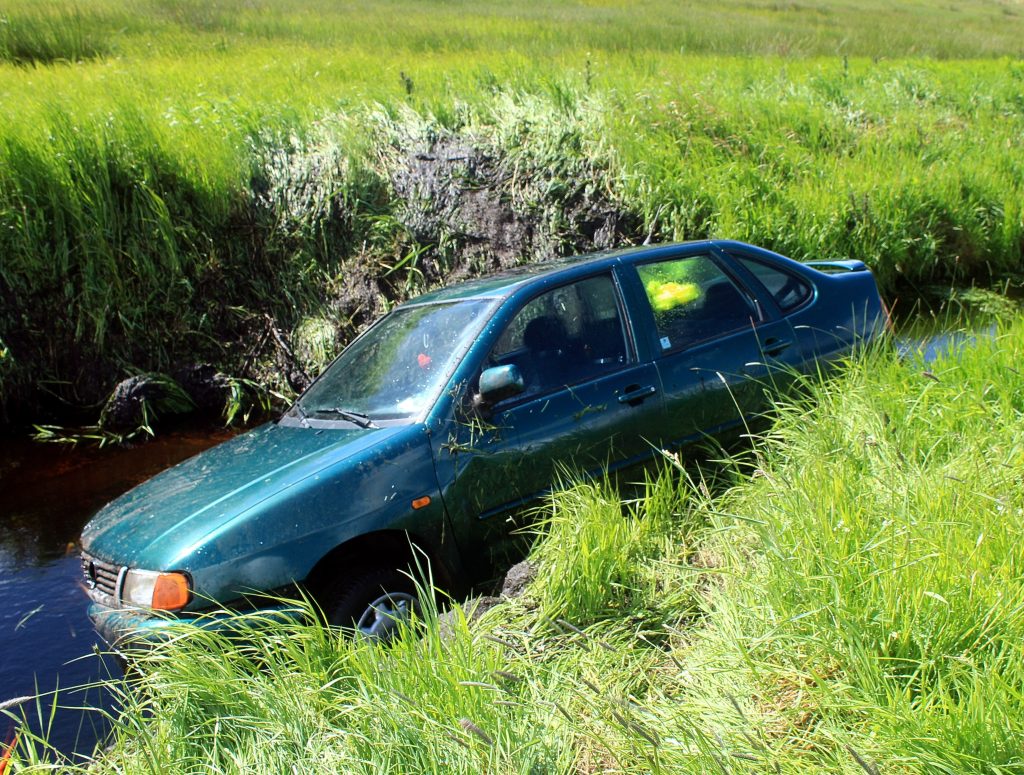 After being involved in a motor vehicle accident, you will likely be left with various damages, including medical injuries. Although you may assume insurance will cover all of your injuries and related damages, this is not always the case. The following Ouachita Parish case demonstrates the importance of understanding your policies and legal rights when it comes to motor vehicle insurance claims and of hiring an experienced attorney if you are left unsure of these rights.
After being involved in a motor vehicle accident, you will likely be left with various damages, including medical injuries. Although you may assume insurance will cover all of your injuries and related damages, this is not always the case. The following Ouachita Parish case demonstrates the importance of understanding your policies and legal rights when it comes to motor vehicle insurance claims and of hiring an experienced attorney if you are left unsure of these rights.  There are many instances when an employer may be held liable for the actions of their employees, even when the former was completely uninvolved in the tort, or wrongdoing. This scenario is referred to as vicarious liability. The court must take several factors into consideration when dealing with a vicarious liability action, as evidenced by a Caddo Parish case involving a Sheriff and his Deputy.
There are many instances when an employer may be held liable for the actions of their employees, even when the former was completely uninvolved in the tort, or wrongdoing. This scenario is referred to as vicarious liability. The court must take several factors into consideration when dealing with a vicarious liability action, as evidenced by a Caddo Parish case involving a Sheriff and his Deputy. 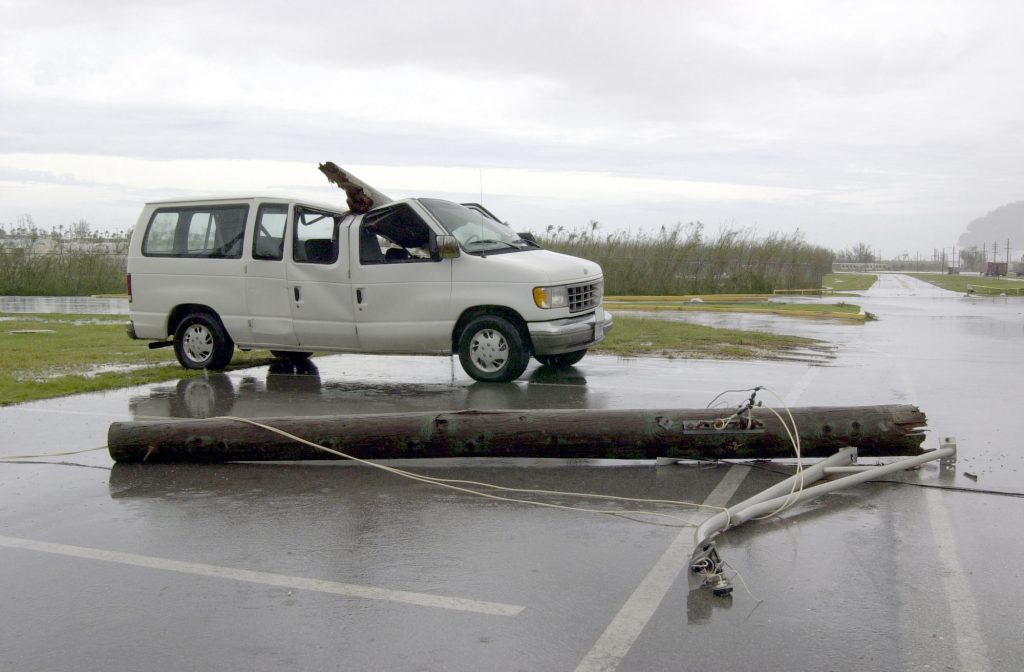 Countless people are at risk of being in a car accident every day. Imagine you are on your usual morning commute to work, but suddenly someone rear-ends you causing injuries that change your life forever. You deserve to be compensated as much as you can to restore yourself to the state you were in before the accident. However, what happens when the defendants appeal the amount of damages you are supposed to receive?
Countless people are at risk of being in a car accident every day. Imagine you are on your usual morning commute to work, but suddenly someone rear-ends you causing injuries that change your life forever. You deserve to be compensated as much as you can to restore yourself to the state you were in before the accident. However, what happens when the defendants appeal the amount of damages you are supposed to receive?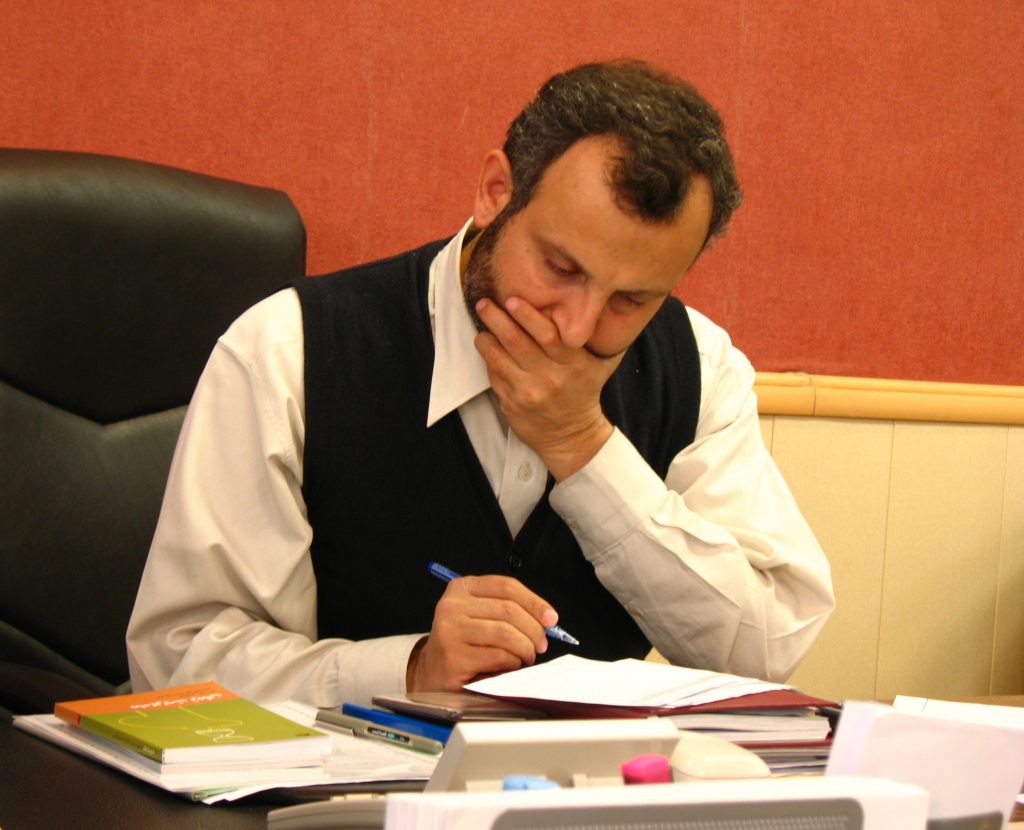 When you select someone to serve as a trustee or executor, you expect they will act in your best interest. If someone in such a position of trust breaches that obligation, they might be liable for a breach of fiduciary duties.
When you select someone to serve as a trustee or executor, you expect they will act in your best interest. If someone in such a position of trust breaches that obligation, they might be liable for a breach of fiduciary duties. 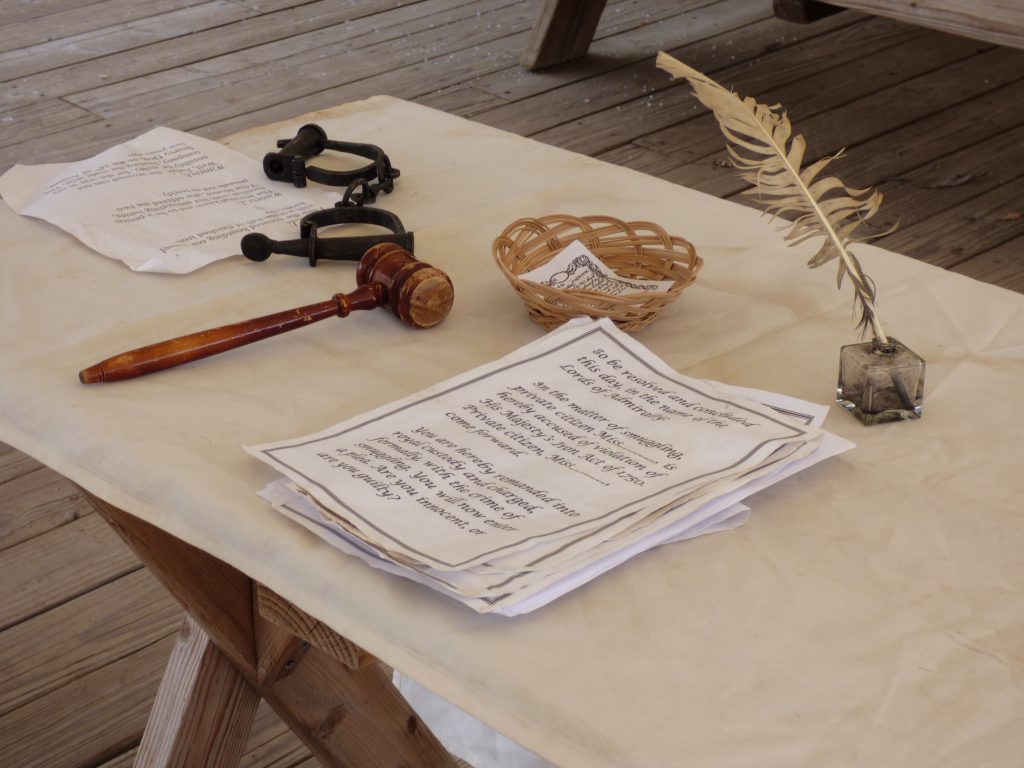 A difficult part of dealing with a family member’s death is balancing your grief with having to deal with the practical considerations of administering their estate. This can lead to family conflict, especially when there is disagreement about who gets what. Although clear language in a will or testament can help avoid such disagreement, what happens when the language of the testament and related documentation are unclear about who the deceased wanted to receive specific bank accounts?
A difficult part of dealing with a family member’s death is balancing your grief with having to deal with the practical considerations of administering their estate. This can lead to family conflict, especially when there is disagreement about who gets what. Although clear language in a will or testament can help avoid such disagreement, what happens when the language of the testament and related documentation are unclear about who the deceased wanted to receive specific bank accounts?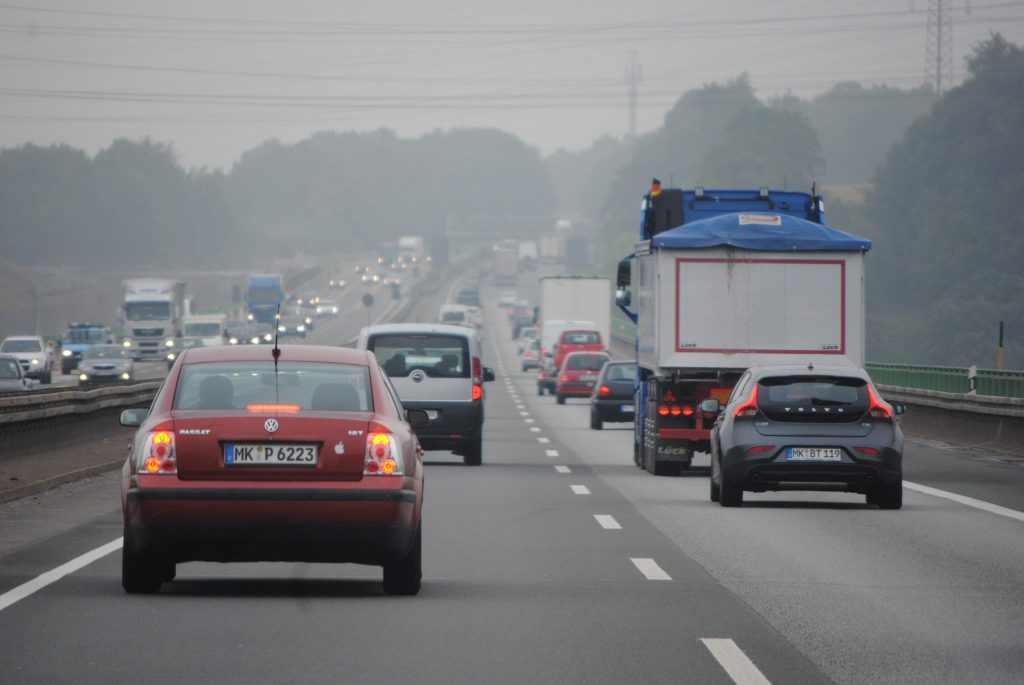 If you want to decline uninsured/underinsured (“UM”) coverage, you might think it is sufficient to merely tell your insurer you do not want UM coverage. However, under Louisiana law, there are strict requirements with which you must comply in order to validly waive UM coverage. What happens if the insured does not follow those formal requirements?
If you want to decline uninsured/underinsured (“UM”) coverage, you might think it is sufficient to merely tell your insurer you do not want UM coverage. However, under Louisiana law, there are strict requirements with which you must comply in order to validly waive UM coverage. What happens if the insured does not follow those formal requirements?  We all know that words matter. However, sometimes people use offensive or disrespectful words or slurs in the workplace. Workplaces often have policies in place that lay out prohibited behaviors and establish disciplinary actions for infractions, including use of disrespectful language. Such discipline can range from a write-up to termination and depends on the specific offense. Is use of a racial epithet grounds for termination?
We all know that words matter. However, sometimes people use offensive or disrespectful words or slurs in the workplace. Workplaces often have policies in place that lay out prohibited behaviors and establish disciplinary actions for infractions, including use of disrespectful language. Such discipline can range from a write-up to termination and depends on the specific offense. Is use of a racial epithet grounds for termination?